As I went out the door on Saturday, my wife asked when I would be back. “I’m not sure, probably late”, I told her. “I need to do this for my job”, I added. She replied, “You would be doing this anyways. You’ve always done this”.
She’s right. I’ve always gone out in the storm. I’ve always been drawn to witness firsthand the power of nature when it’s showing off. In snowstorms, thunderstorms, windstorms, in extreme environments like the ocean and the mountains, I just like to be there to feel it, to experience it, and now, to document it.
I had been eyeing the weather forecasts, as I always do, leading up to the first storm we experienced on Wednesday the 10th of January. Forecasts for 20 foot waves looked increasingly likely. The most incredible setting, and also the most spectacular waves, I knew, would be at Portland Head Light, somewhere I am intimately familiar with and had captured in spectacular fashion last December with a wave that blew out windows and doors, damaged walkways, and even knocked a granite pillar holding a giant bell over. You all know that one, right?
I didn’t know if I could improve on any images I captured there of the main attraction, Portland Head Light, but I thought about the other lighthouse offshore, Ram Island Ledge Light. I knew that an image of the wave crashing into that pillar out as sea could be incredibly dramatic if the waves were huge. I’d done that back in 2018, but thought I could improve upon it.
When I arrived before high tide on the morning of the 10th, I could tell that it was going to be good. The waves were already massive. I talked with some friends at the main area in front of the lighthouse, and then went up the hill to get a vantage of Ram Island Ledge Light. It was already going off, but in a heavy, shrouded darkness and mist. After just a short while, though, things lightened up, and it looked like the sun would break through, creating much better light. I captured a few frames that I knew would be keepers already, and considered moving on.
I had photographed Spring Point Ledge in these conditions before. Again, the previous December. Should I go back there?
No, I decided, I wanted to keep photographing Ram Island Ledge. I’m glad I did. The sun came out and the light created a wonderful contrast.
This absolute monster of a wave, I titled this one ‘Sea Monster’, rolled towards the ledge and sprang up to a great height around the lighthouse. The tower stands 72 feet high, so you can see that this is a really. big. wave. I’m so happy to have captured it.
While all this was going on, I had no idea what the rest of the coastline was suffering. All I knew was that the waves were humongous and I was in my element at Fort Williams, taking it all in under increasingly clear and beautiful sunny skies as the tide receded and the waves kept rumbling at a barely diminished intensity.
My first inkling that this wasn’t just another big storm was from a post on Instagram showing the damage to Pemaquid Point Lighthouse’s iconic bell house. Half of it was blown to bits.
Then I saw terrible videos of buildings sinking into the water in Owls Head.
Then videos of wharves and fishing shacks being dismantled and floating away in New Harbor, the entire harbor areas in Camden and Rockport under water, and extreme flooding on Route 1 in Lincolnville. This was something different. This was bad. My joy and wonder over the waves at Fort Williams were turning into concern and sadness as the images of destruction continued to come in.
I’m not really into manmade disasters and tragedy. I used to follow the news, but once we had kids, I didn’t have the time. I then found that since I wasn’t following the news, I was much happier and more optimistic about humanity.
So long, constant negative news cycle!
But, I’ve always been fascinated with natural disasters. Something about nature completely humbling all of our attempts to control it and make it submit to our will is fascinating to me. I think we’ve done a remarkable job, but nature is still the boss in most situations. I know I’m not alone in thinking this.
As these reports came in and the full scale of the disaster became apparent Wednesday night and Thursday, it was clear that another storm would be impacting the coast on Saturday. This storm wouldn’t be as strong, but was coming at the absolute worst possible time, during the peak of what’s called a King Tide, the highest astronomical tide of the month. The Wednesday storm had peaked at high tide, as well, albeit a slightly lower one astronomically.
Fast forward to Saturday, and I again considered my options. I was hoping and praying that the flooding wouldn’t be as bad as forecast. Portland Harbor was expected to crest near or above record flood stage, just unbelievable levels of water. I considered going down there, but thought it might be a bit of a zoo with other photographers and reporters. I wanted to stay out of the way and stay safe. Also, I considered, I don’t really want to document urban destruction. I’d prefer to find another somewhat beautiful subject. The lighthouse off of Southport in Boothbay, named Cuckolds, came to mind.
This is one of the only other offshore, really exposed and without much land around it, lighthouses that is easily visible from shore on the coast of Maine. I wanted to see what that looked like.
It was wild! I couldn’t believe this was happening again in the space of 4 days. I photographed the lighthouse for a while, then turned my attention to the surroundings, including the house right nearby, which is famously the former home of Margaret Hamilton, the actress who played Wicked Witch of the West in the Wizard of Oz.
It was clearly being battered and taking on water as breaking waves somehow swirled around the little island and came back into the wind!
For the rest of the tide, I focused on making videos documenting the high water in places like Robinson’s Cove and Boothbay Harbor, and then on towards home in Bath. From there I drove out to Popham just as the tide receded and the roads became passable again. I watched as a public works truck pushed large mounds of seaweed and logs out of the road in front of me as water cascaded from flooded salt marshes back out to sea. It’s a sight I’ll never forget.
When I came upon the devastation on the Fort side of Popham Beach, I was completely flabbergasted. I was one of the first people here and spoke with Chris Bartlett, the owner of Spinney’s, which did amazingly well considering his back deck and parking lot were destroyed in the previous storm. Large earthmoving machines had reinforced a wall of giant rocks in front of his property and likely prevented calamity. This is what the road looked like just past Spinney’s on the way to the fort.
I’m certainly not abandoning photography, but I must say the ability to capture short videos to share online was a very effective way to communicate what I was coming across. I took a lot of these, some of which I turned into Reels on Instagram. I’ve always thought Reels were extremely shallow and basically ignored them since their inception a few years ago, but for times like these, I found the video storytelling format very useful, and not shallow at all.
Here’s a reel I put together after seeing the destruction at another one of my favorite places, Reid State Park: Link
After seeing Reid, it really started sinking in just how bad these events were.
I haven’t even mentioned another well-known landmark’s demise, the shacks at Willard Beach, which you’ve surely heard about since it even made national news. Two photographer friends, Jack Bjorn and Ben Tero, were there to document it, and major kudos to them for being in the right place at the right time to capture something truly historic. This is from Jack.
Alright, now for the reflection.
There have been a lot of comments on my posts online that this is all a lot of boo-hoo-ing over nothing. This was a minor event. No one was killed, or even hurt. This can all be rebuilt. I hear those arguments. Sure, what Hurricane Katrina did was worse. The property destruction from Superstorm Sandy was much more devastating to a densely populated coastline.
But, this is Maine. We’re small. For us, this was bad. We lost a lot of infrastructure in this storm that will take time to rebuild. I’m especially thinking of the docks, wharves, and buildings that will need to be replaced and the traps that will need to be recovered or new ones purchased for our lobster industry to come back strong in the summer. There are also a lot of homes, restaurants, piers and private docks that suffered major damage, as well.
Of course there are many other’s who are sympathetic to the real loss of property, the money and effort it will take to rebuild up and down the coast. Most of the comments were from folks like me that realize the magnitude of what this means for Maine. They see that the shoreline is forever changed. They see what happened on their local beaches just like I see the massive loss of sand and dune protection at Popham and Reid. Maybe they’ve lost their guest house and painting shack, like someone mentioned to me in correspondence today. These are real losses that aren’t negated by someone else having it worse.
What about the other whataboutism’s we’re hearing?
The oceans are always changing! Yes, they are.
This a natural disaster! Yes, it is.
There will continue to be storms, some even bigger and more destructive than this one! Yes, there will.
So, what’s all the fuss about?
The fuss, as I see it, is sea level rise. This was the first flooding event that truly brought this unassailable fact home to me. Sea levels are rising, and they are going to continue to rise into the future.
What does that mean for us? It means more events like this. It means that everything we’ve built on the coast will slowly be washed away, sometimes to be rebuilt on higher ground, sometimes engineered with great cost and effort to be saved, but unavoidably, inexorably, the oceans are going to rise and inundate the coast. We are the first generation to really start seeing this. Our kids will see a lot more of it.
Here on the coast of Maine, the ocean is 8 inches higher now than it was in 1950. According to measurements from tidal gauges, floating buoys, and satellites, the pace of change has accelerated over the last 10 years, to about 1 inch every 6 years. In the next 16 years, tides will rise by another 6 inches. After that, more. Most projections put sea level rise by 2050 around 1 foot. By 2100, we can expect about 3 feet more water. That’s if we slow down the use of fossil fuels pretty substantially before that time. If not, the predictions are closer to 7 feet. Go stand on the coast next time we have a king tide, even of a calm day, and imagine what 3-7 feet more water is going to look like. Most of our kids are going to be alive for that.
I feel like when I mention climate change, a significant number of people’s eyes either glaze over or they feel personally attacked. That stinks. It’s so sad that it’s become a political battleground and a way to identify with a tribe. I’m going to be the first to admit that climate extremists on the left haven’t done us any favors. By ascribing every single bad weather event to climate change, we’ve created the impression that weather is climate. It’s not. The same goes for those on the right who say that a cold day in winter proves that climate change isn’t real. This is complete baloney.
As a student of history, and absolute weather nut, I know that throughout history, we’ve had terrible weather events, like hurricanes and severe storms. Some of them have been unbelievably bad. I also know that throughout history, the climate has changed. Changing weather patterns are well known to have wiped out empires in the Middle East and South America. We’ve had many periods of climate disruption from volcanic eruptions.
What’s different now, and what has to be explained, is that change is happening at an unbelievably rapid pace, that temperatures are rising around the globe, very quickly, and that this is going to have major consequences for humans. And the reason this is happening is because of the greenhouse effect from burning fossil fuels. This is a fact.
The planet will be FINE! I’m not worried about the planet. It will keep doing what it does wether or not we are here. I’m rooting for us, not the planet. I want us to survive. More than that, I want us to thrive along with the planet in harmony. I want us to stop heating up the atmosphere, making the pace of climate change so rapid that it’s incredibly destabilizing to societies around the globe. I want those tiny island nations in the Pacific to not go underwater. I even would like Florida to stick around!
Like watching the waves in the storm, I’m completely humbled when it comes to thinking about this problem. I feel powerless. There’s a part of me that thinks that this is just going to have to play out until we’ve used up all the fossil fuels and they are just there, in the atmosphere, heating up the planet more than ever.
I know that there is progress being made. The cost of renewable energy has decreased dramatically in the last 10 years. There’s more solar and wind power than ever before. That should lead to less demand for fossil fuels, but really, I think it’s just leading to more stuff being built, more energy consumption, and really stupid things like Bitcoin mining (sorry, Bitcoin evangelists). We haven’t shown that we’re willing to press pause on all new drilling projects here in the US, or in the rest of world.
We shall see what all becomes of this, but in the meantime, I will not despair. I’ll vote for elected officials who prioritize the environment. I will report on the truth as I see it and share my perspective on the changes around me. I will raise my children to live in harmony as best they can with the natural world. I see the good in the world, in people. I see our communities here in Maine already coming together already to rebuild. It’s going to take a while, and a lot of places will never be the same, but, that’s life. Right?
The best venue I’ve found so far for those of you who would like to donate to recovery efforts from these storms is the Maine Coast Fisherman’s Association. I’m a giant proponent of helping this community in every way we can, considering how bombarded they are with threats not just from natural disasters such as this, but manmade ones such as overregulation! Yes, I can hold the opinion that climate change is real and lobstermen are being over-regulated at the same time. Ha!
Here’s the link to donate: Link

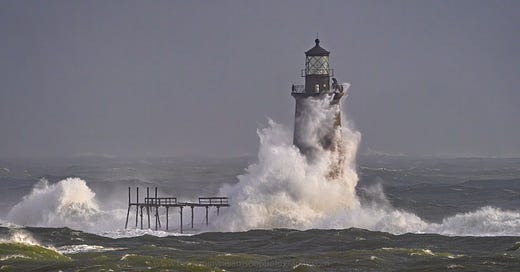



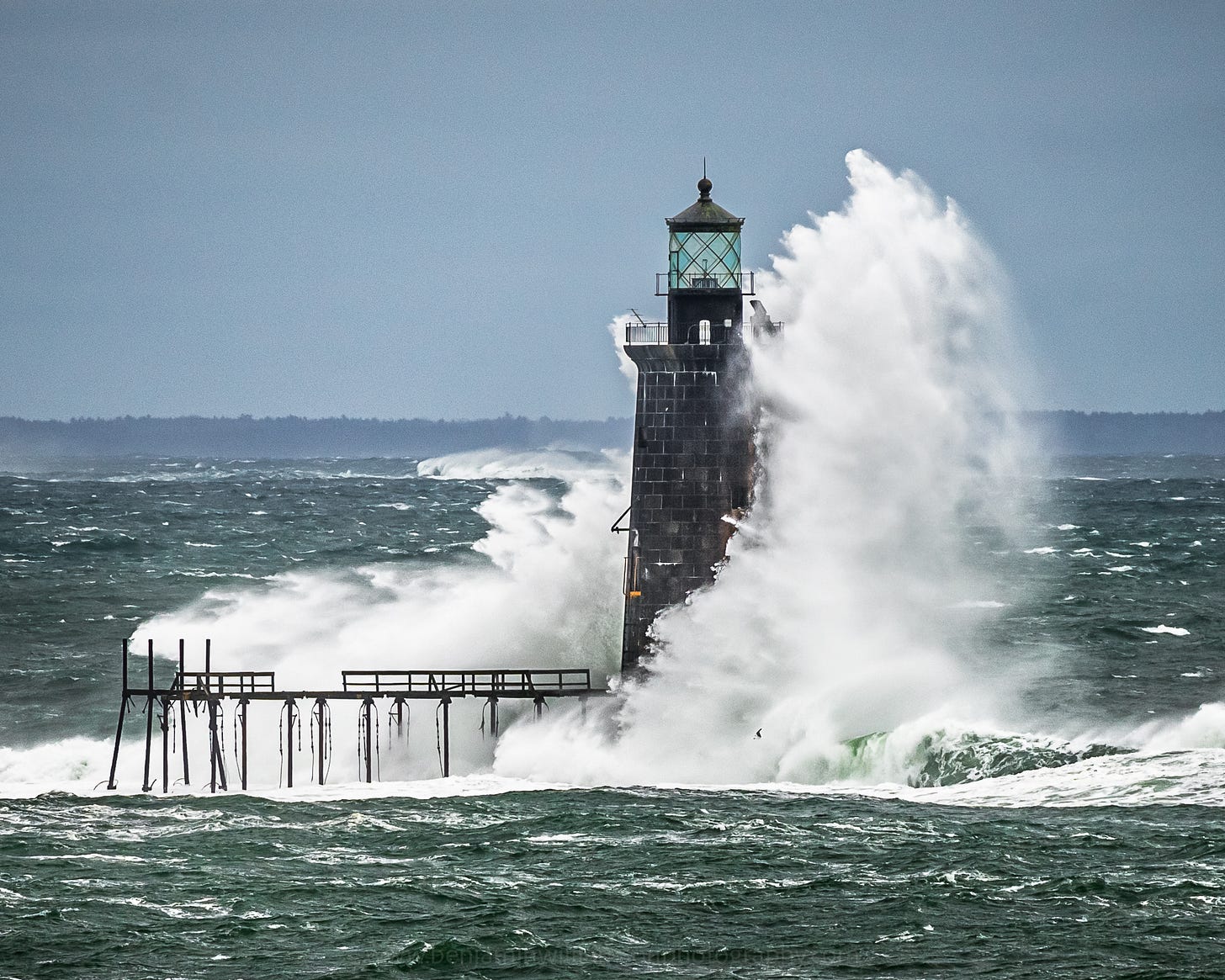

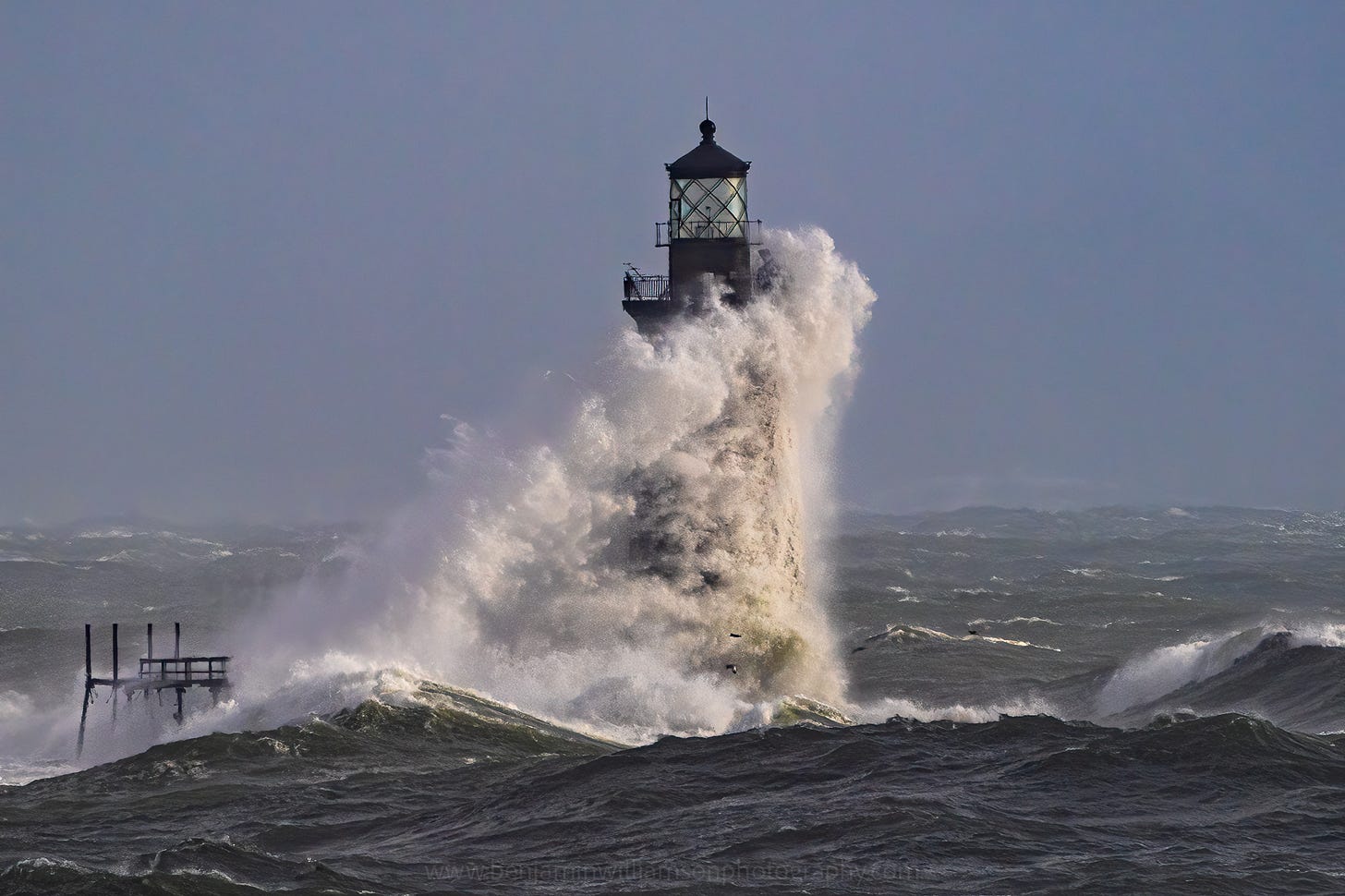
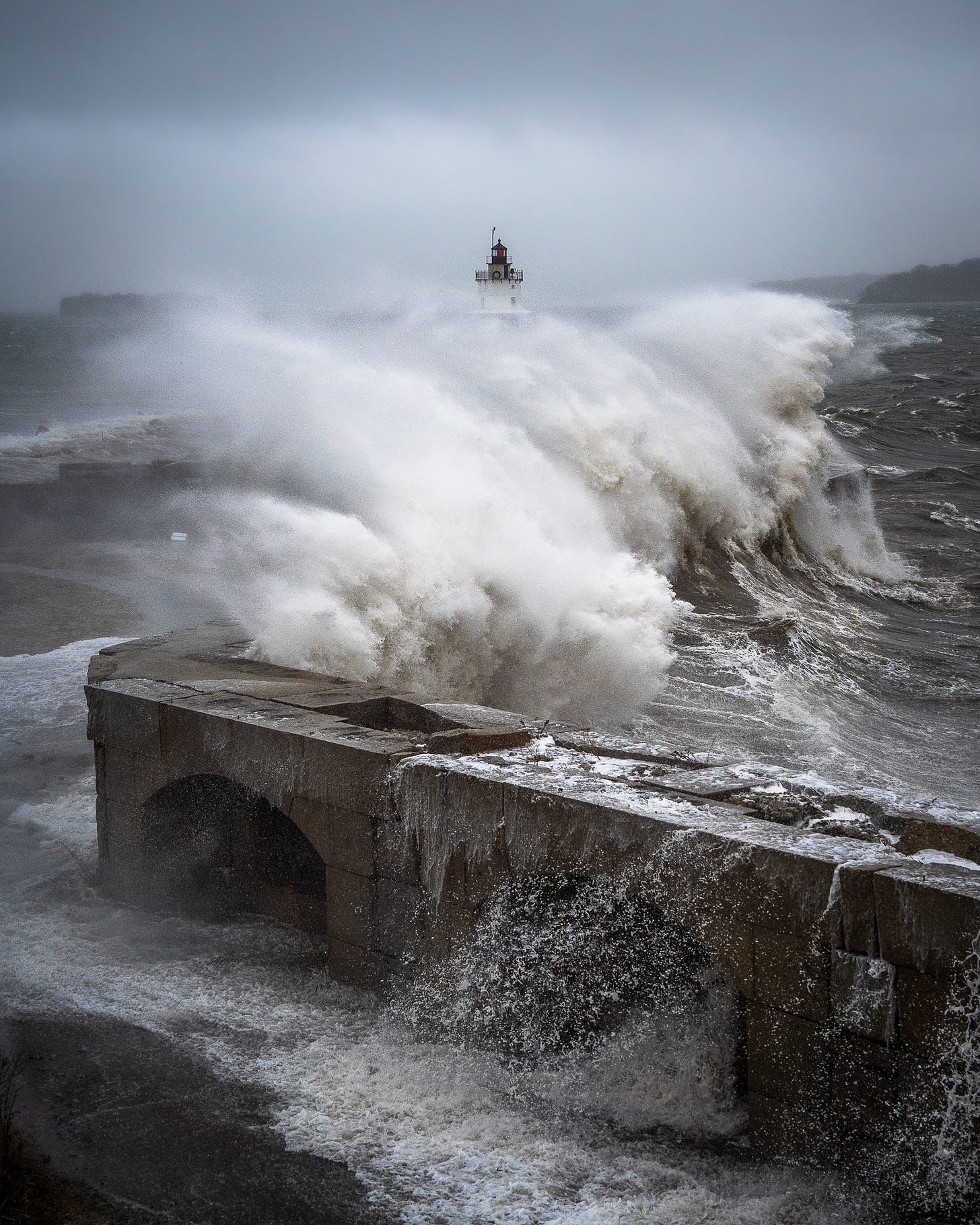
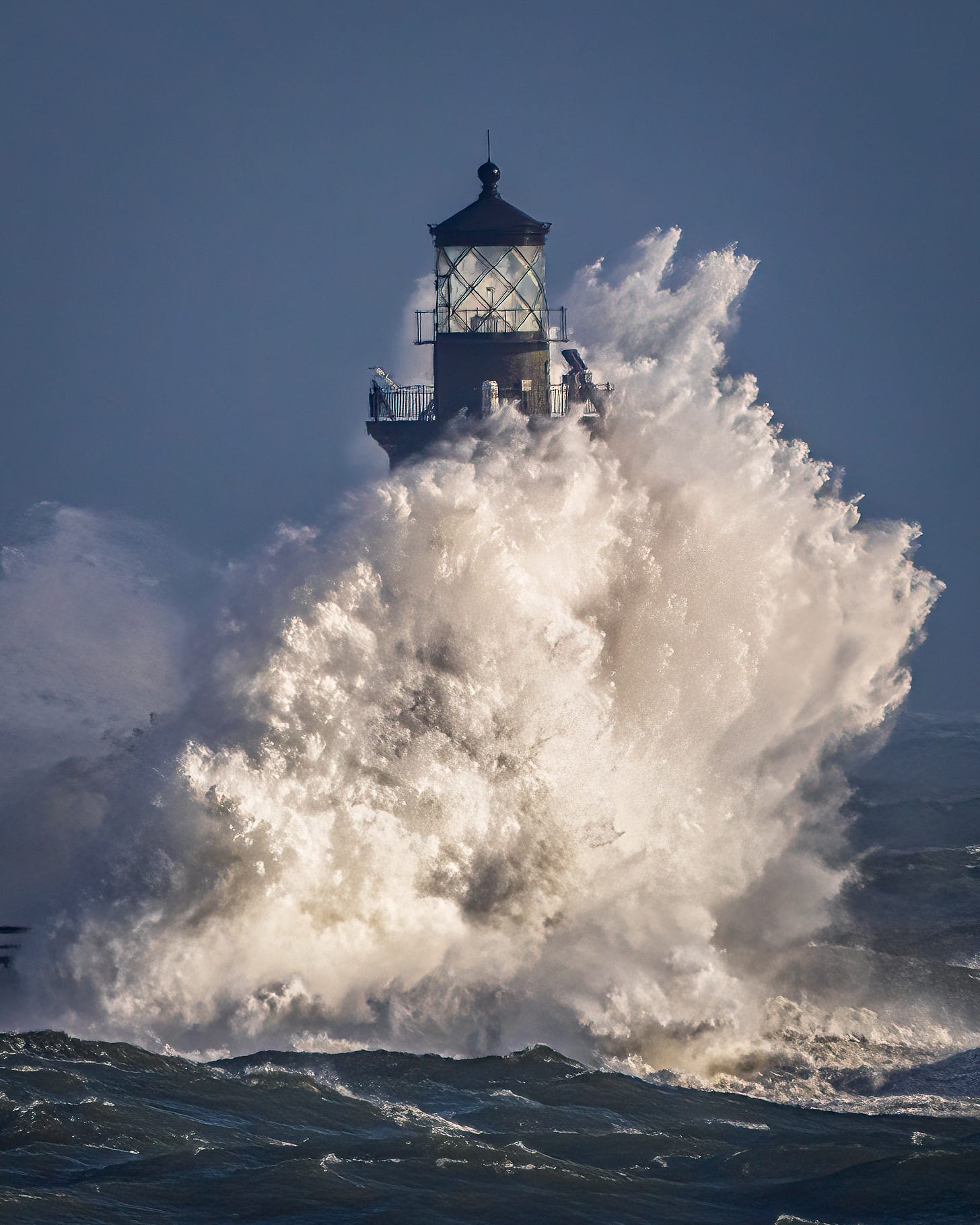
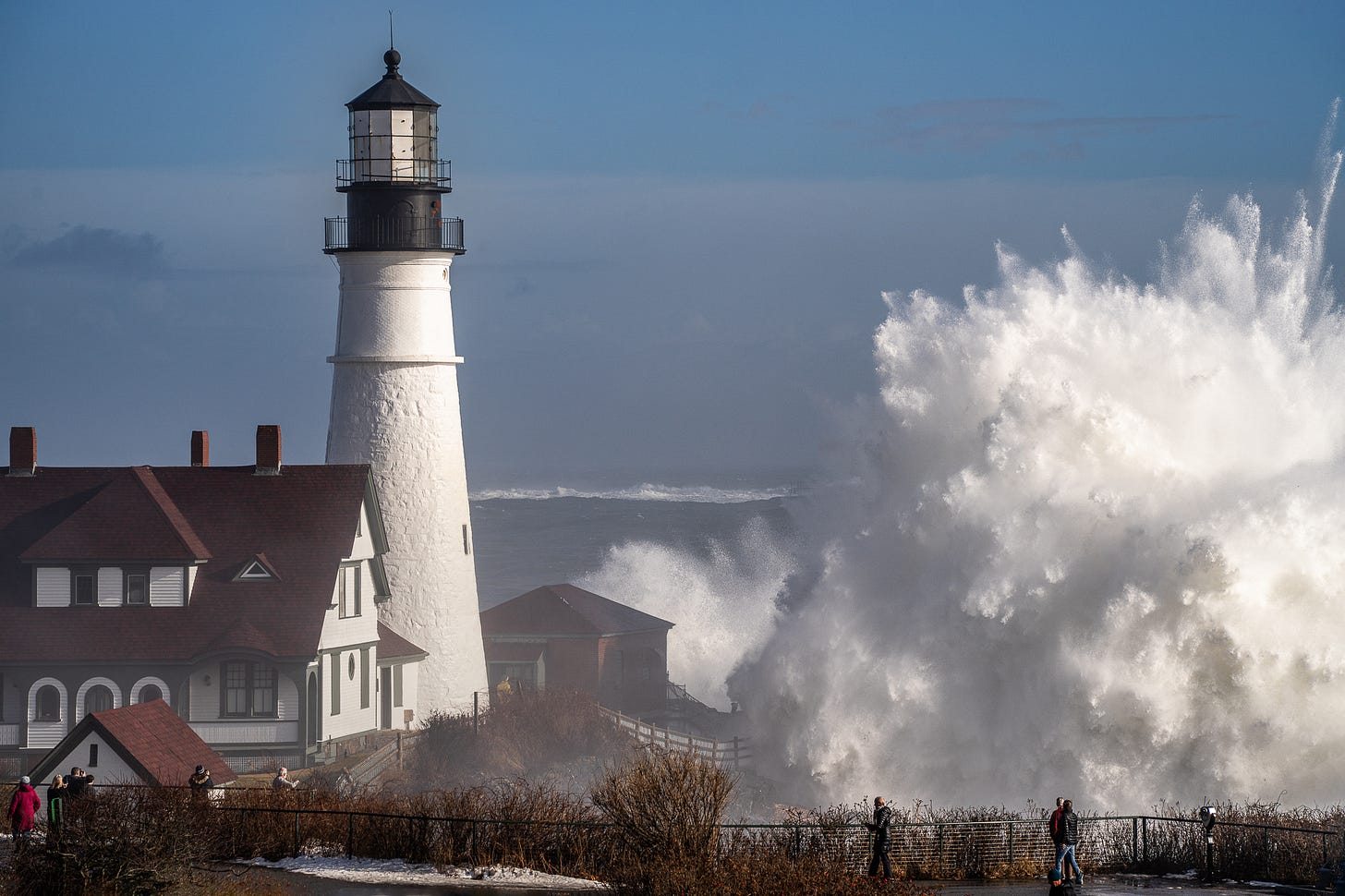


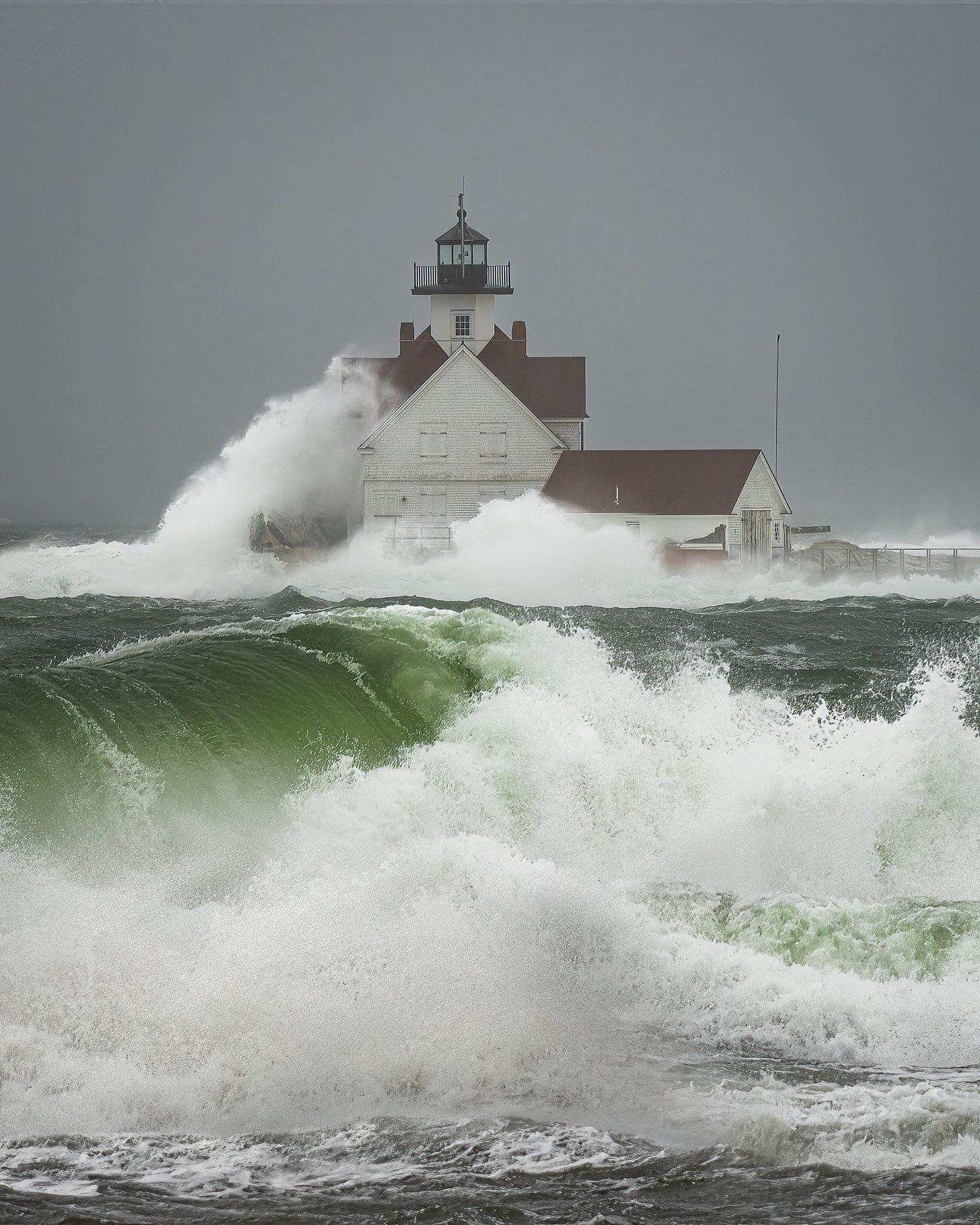

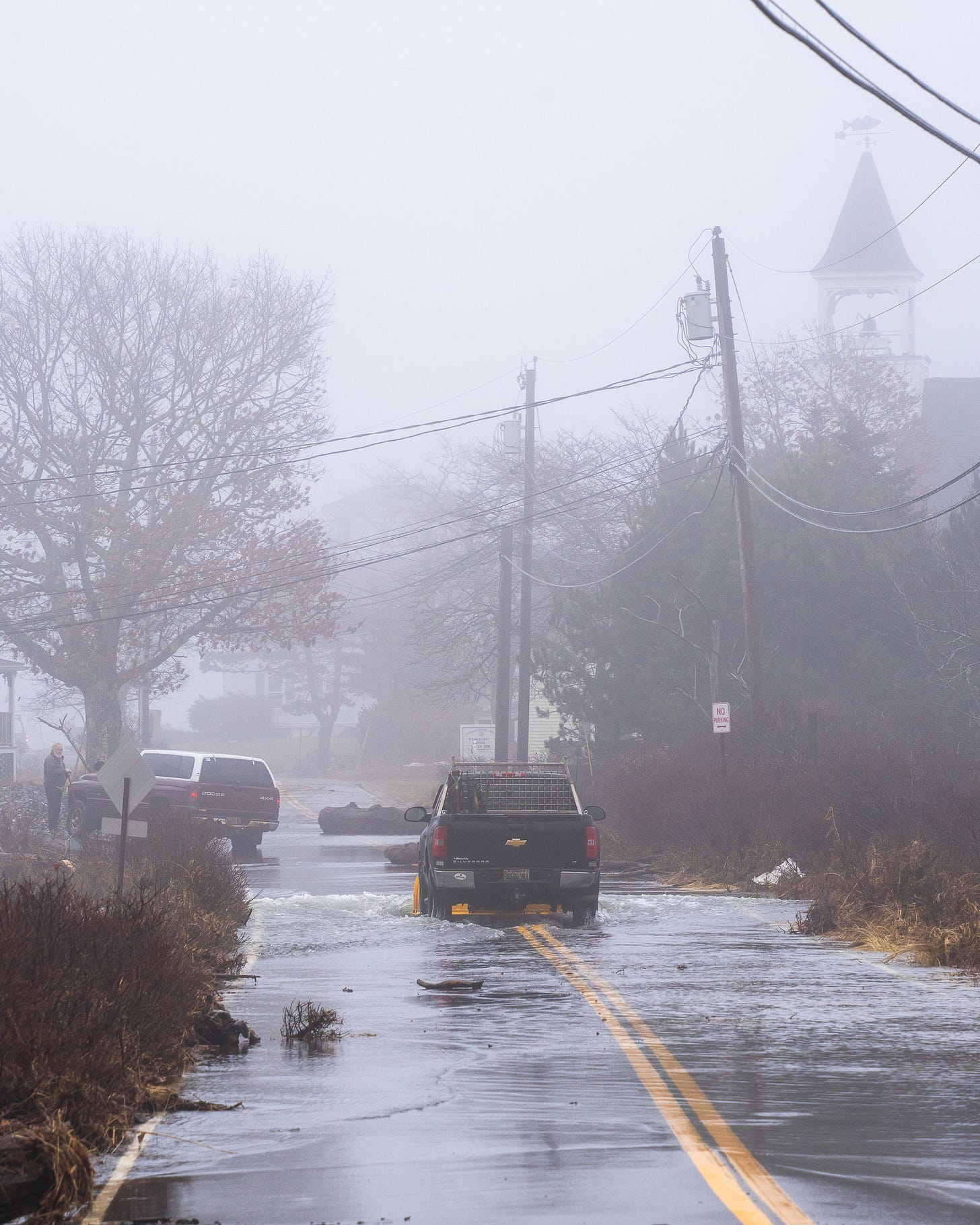
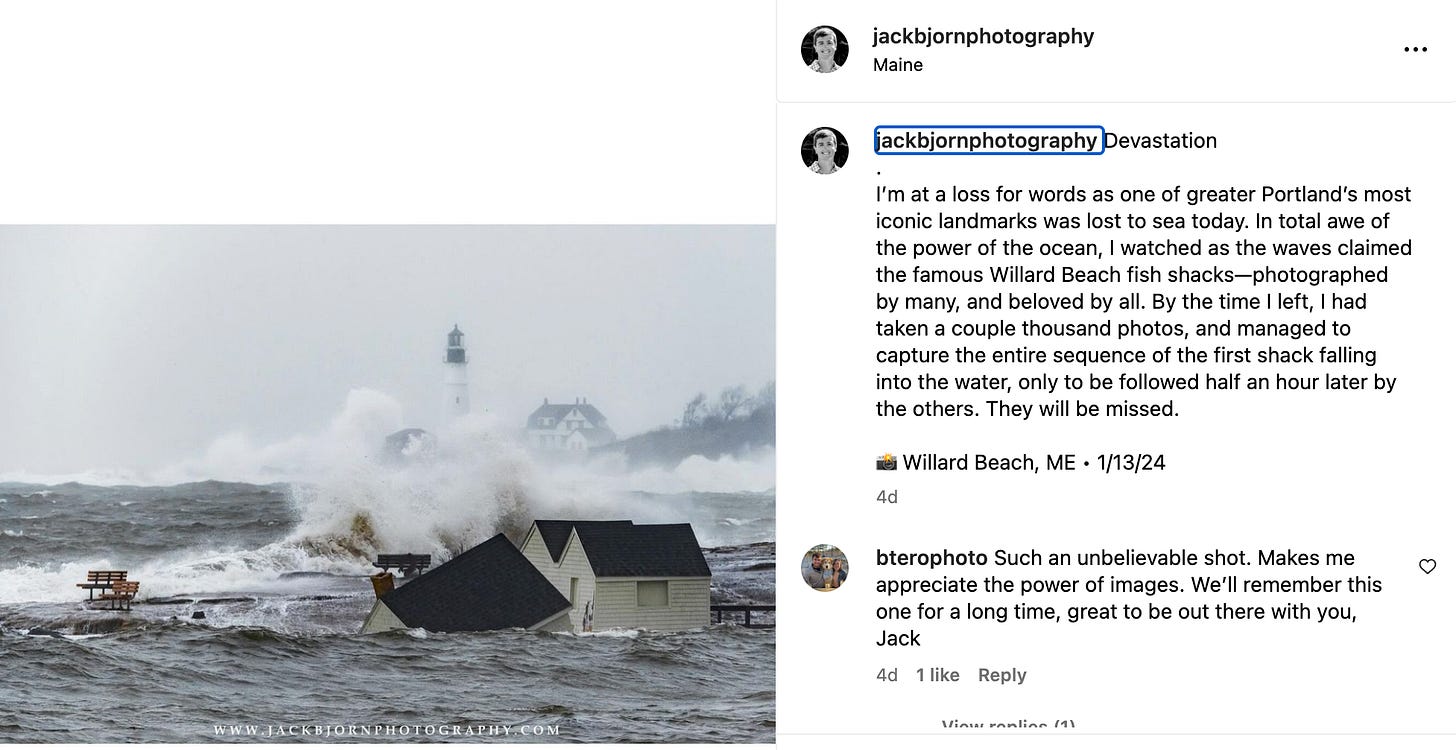
Your photos are, as usual, outstanding but really appreciate the broader perspective, Ben, particularly the reflections. This bit really grabbed me, "What’s different now, and what has to be explained, is that change is happening at an unbelievably rapid pace, that temperatures are rising around the globe, very quickly, and that this is going to have major consequences for humans. And the reason this is happening is because of the greenhouse effect from burning fossil fuels. This is a fact."
As a photographer of modest ability who shares the deep love of nature and landscape that draws so many of us to the practice, I feel strongly that helping to "explain" what is happening and why it matters is a task that I am basically required to contribute to. I haven't quite landed how, but I know that I will keep at it until I do. One of my favorite quotes from William Neil addresses this directly, "We must remind people over and over of nature's beauty and of its frailty, remembering that the earth is a living, ever-changing system that sustains us. It is easy to forget, but we must not.”
Well said, Benjamin, and thank you. Your photos are always beautifully composed, never more so than when documenting nature’s fury, such as last week’s historic storms. But your narrative is important, too, and as you’re well aware, you take a risk in making it public. Many kudos to you for having the courage and commitment!